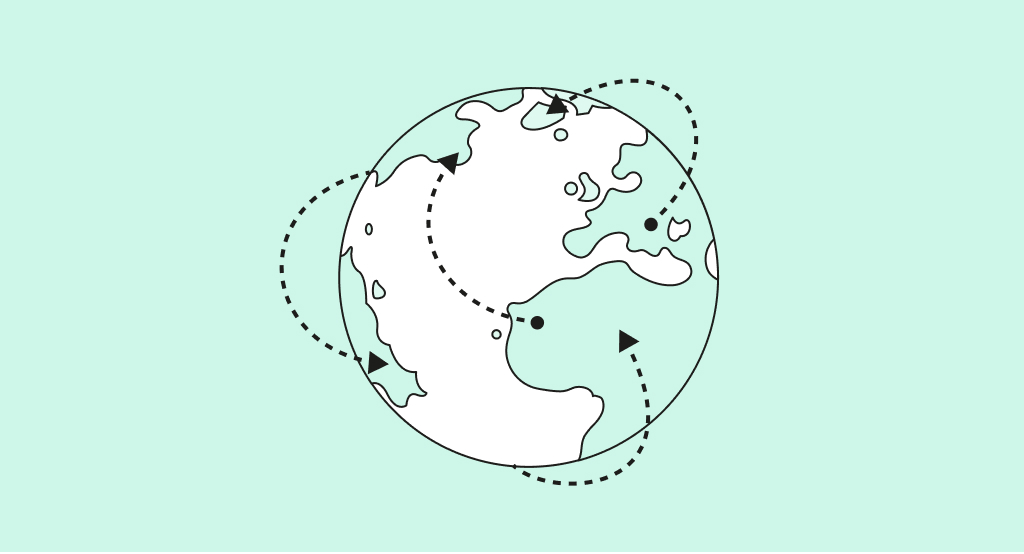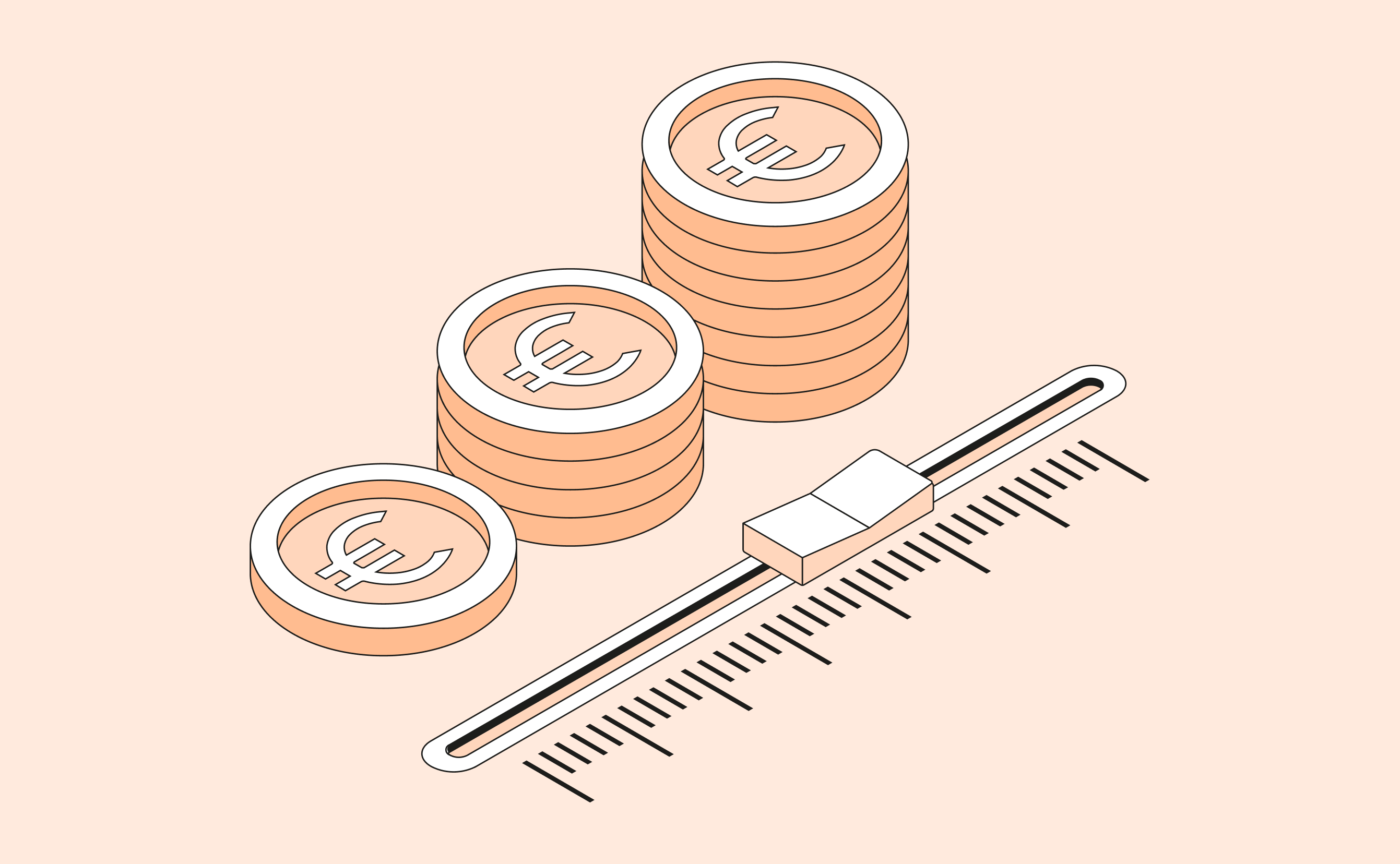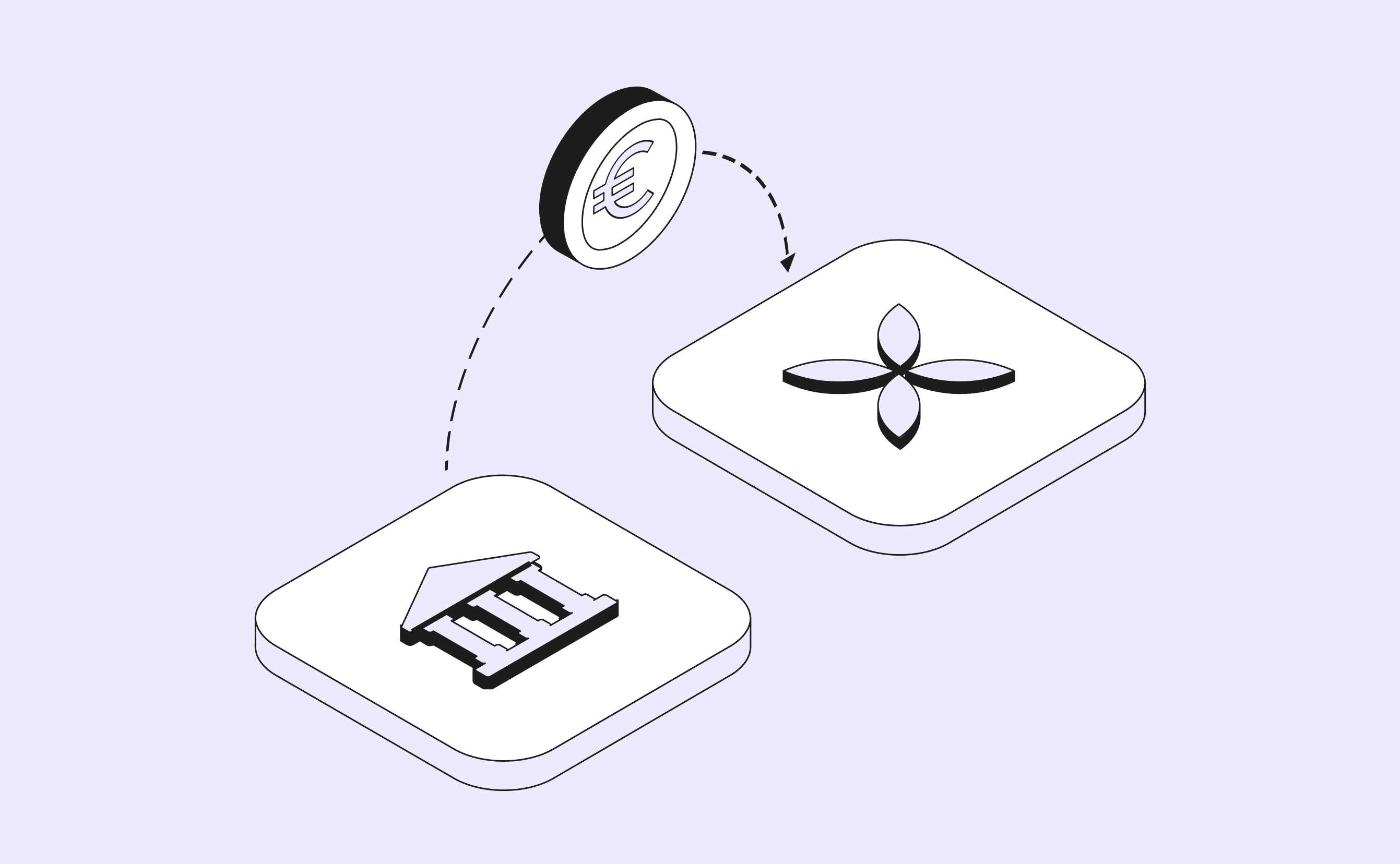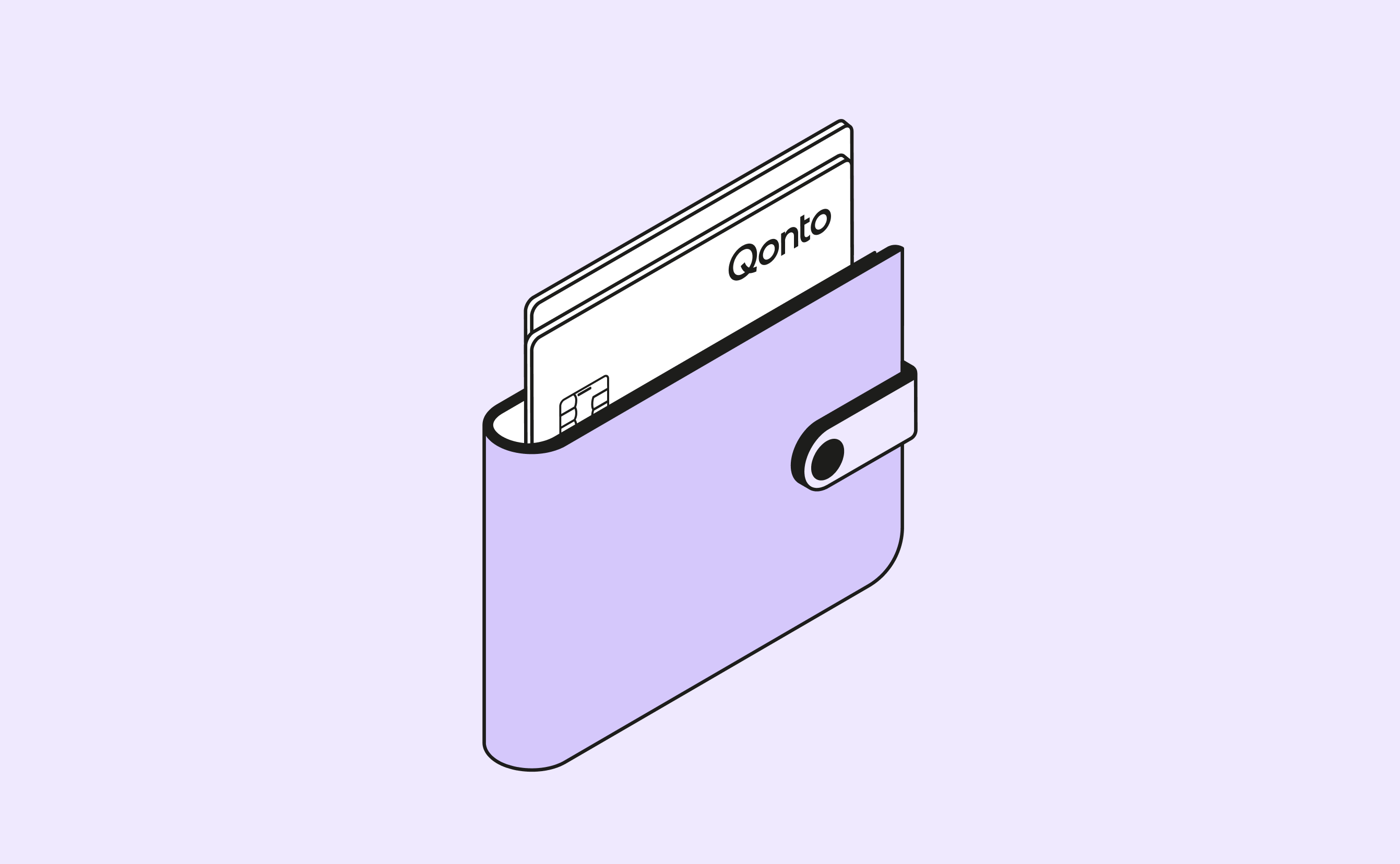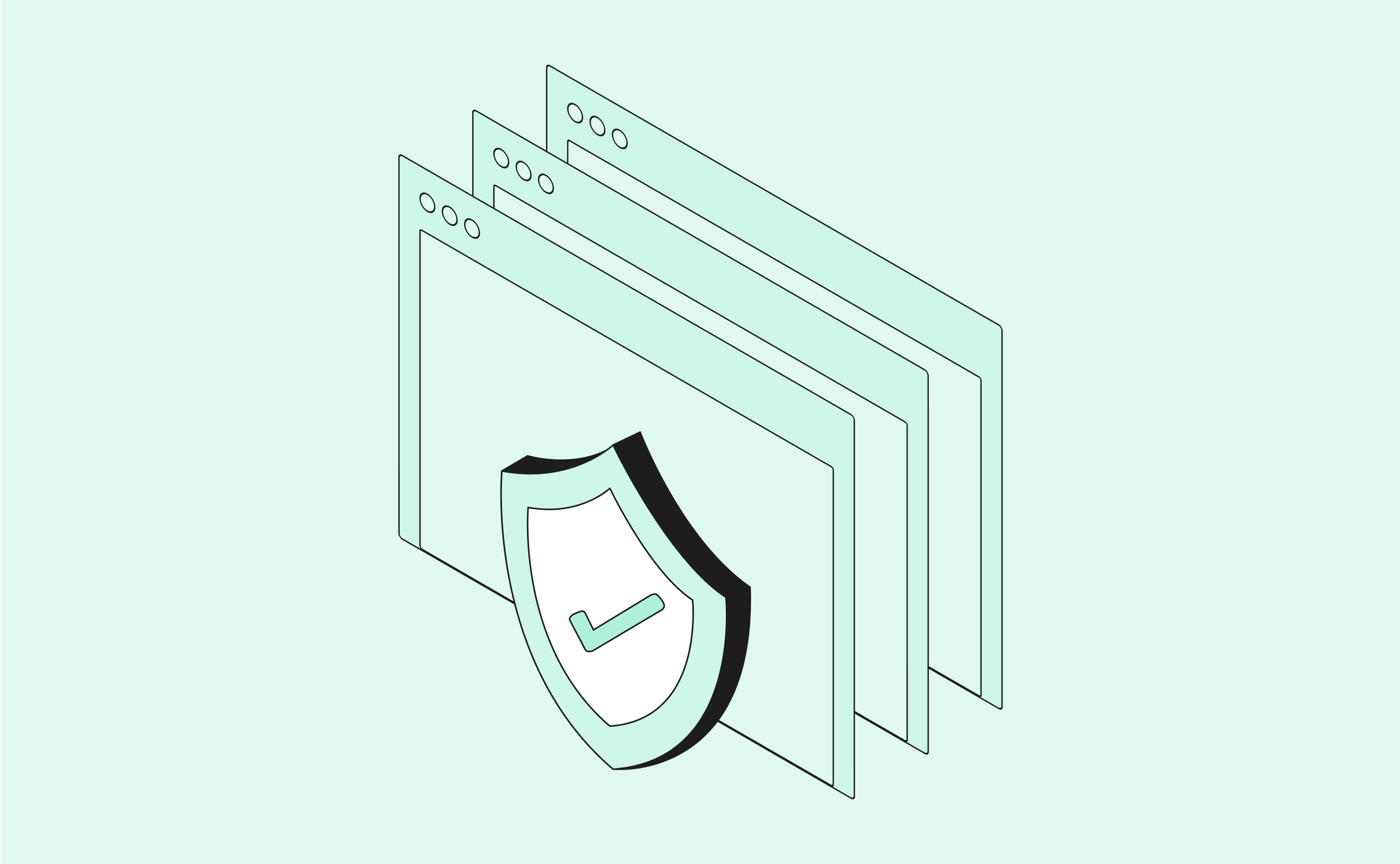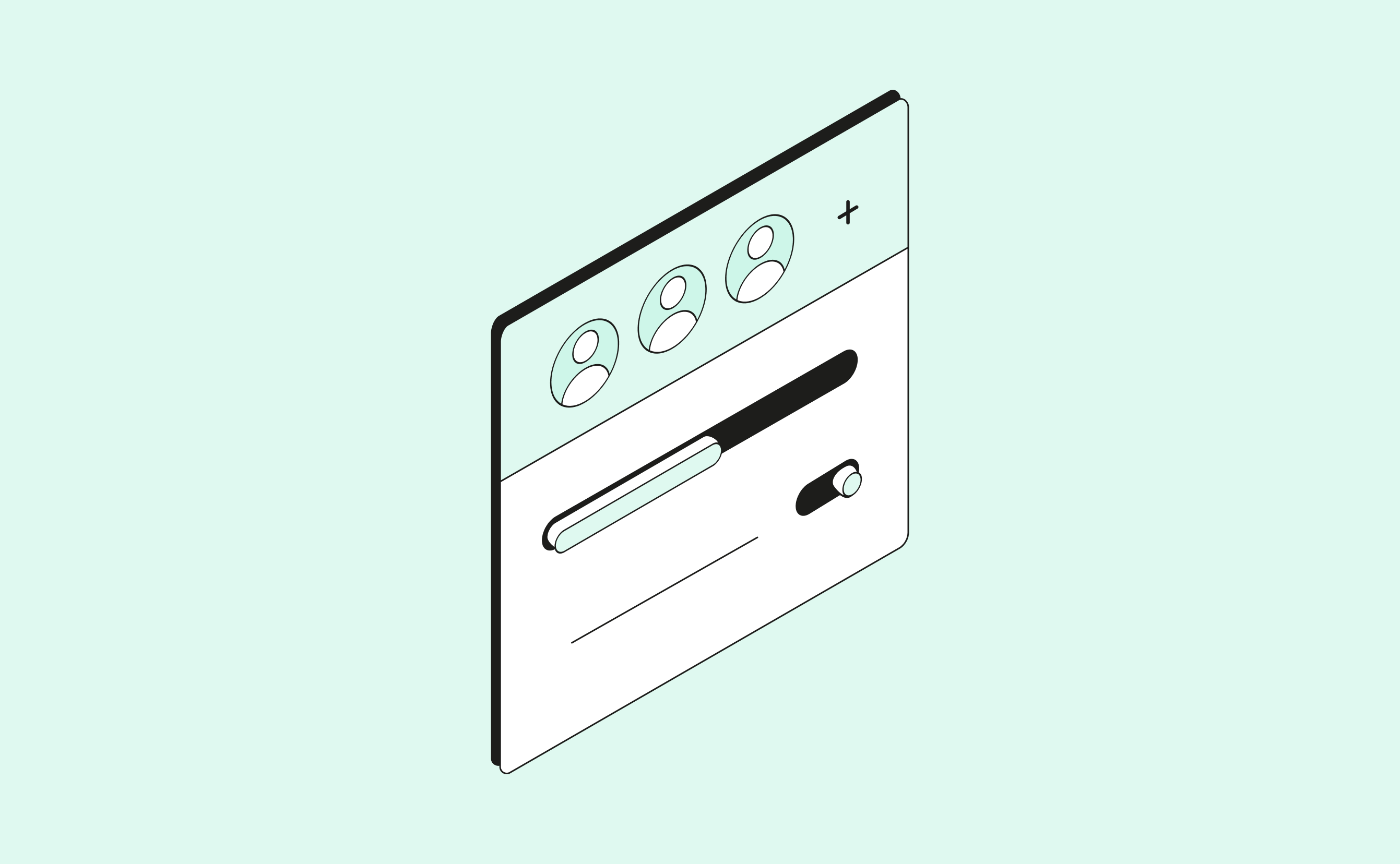Among the plus-sides of the paid subscription model is peace of mind from the customer's perspective: you know exactly what you’re going to get in advance because you can test it first; if it doesn’t meet your needs, then you can cancel your subscription; if it does everything you want it to, then you know exactly what you’ll be paying. There are fewer unknown or variable factors.
By contrast, free or discount offers may, in fact, turn out to be expensive if they are to satisfy all your own needs and those of your customers. Each little extra feature not included in the package comes with its own cost. You may have no idea at the start of the month how much you’re going to pay at the end in order to use the service. The ad hoc nature of the free service makes it more difficult to plan with precision.
When it comes to a digital tool for a B2B company, a no-obligation subscription means it’s possible to test drive all the features and functionalities of the platform before committing to payment. Whether the tool is for managing finance or accounting, social media followers, customer relationships or online reputation, you get to try before you buy.
A subscription model also promotes good customer satisfaction and allows the service provider to invest in R&D, to make the offer better and better over time. If a company provides a paying service with transparent and fixed prices from the outset, it’s in that company's interests to maintain quality; its customers pay, so their expectations are high, therefore the value provided must not drop. The service needs to be improved continually to meet its customers evolving demands.
It’s an old saying that remains as true today as it ever did: you get what you pay for. A free option might turn heads initially, but it’s very possibly just a short-term win. Quality inevitably comes at a cost but if that quality comes with value, then it’s worth every penny.
